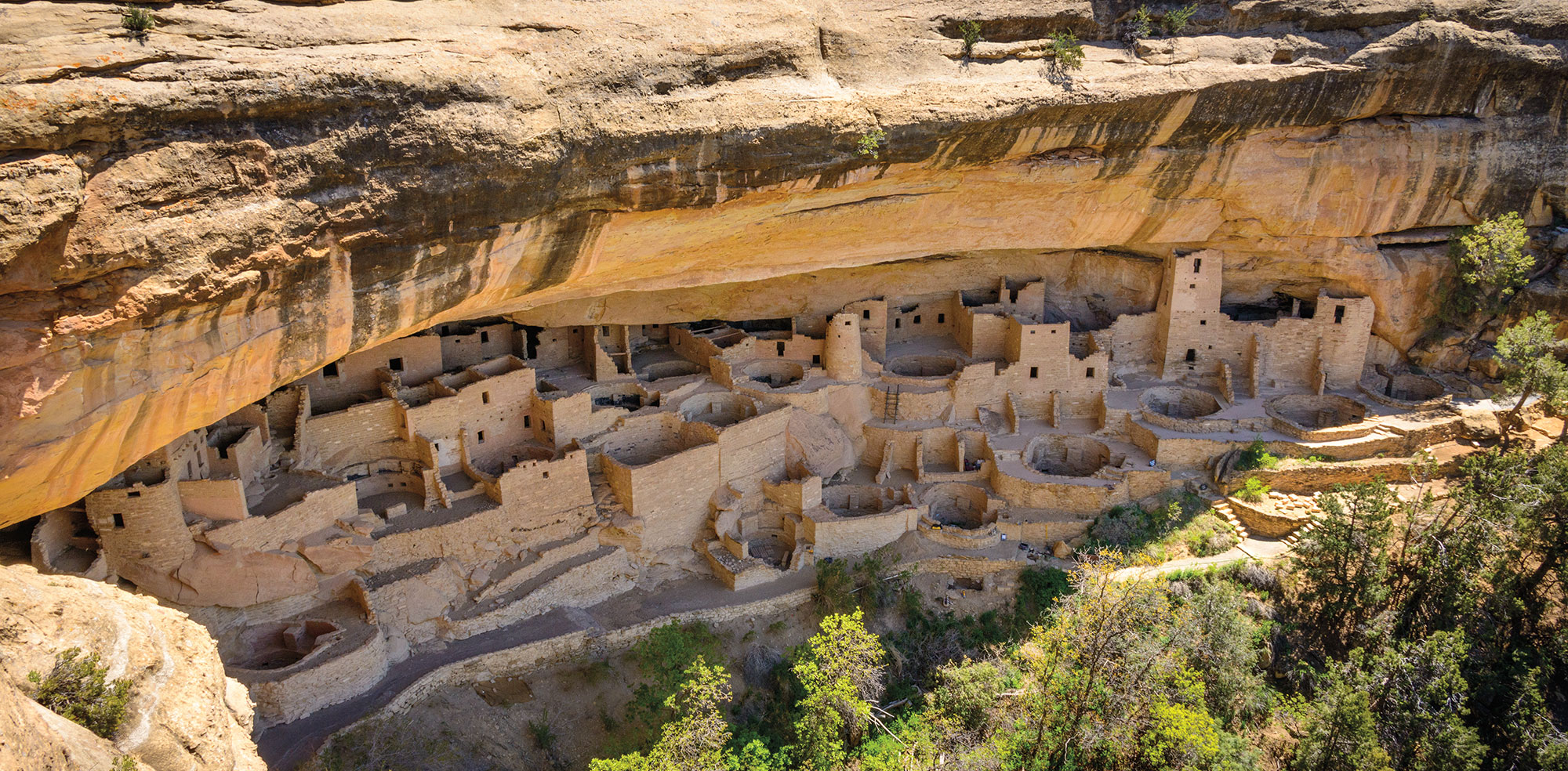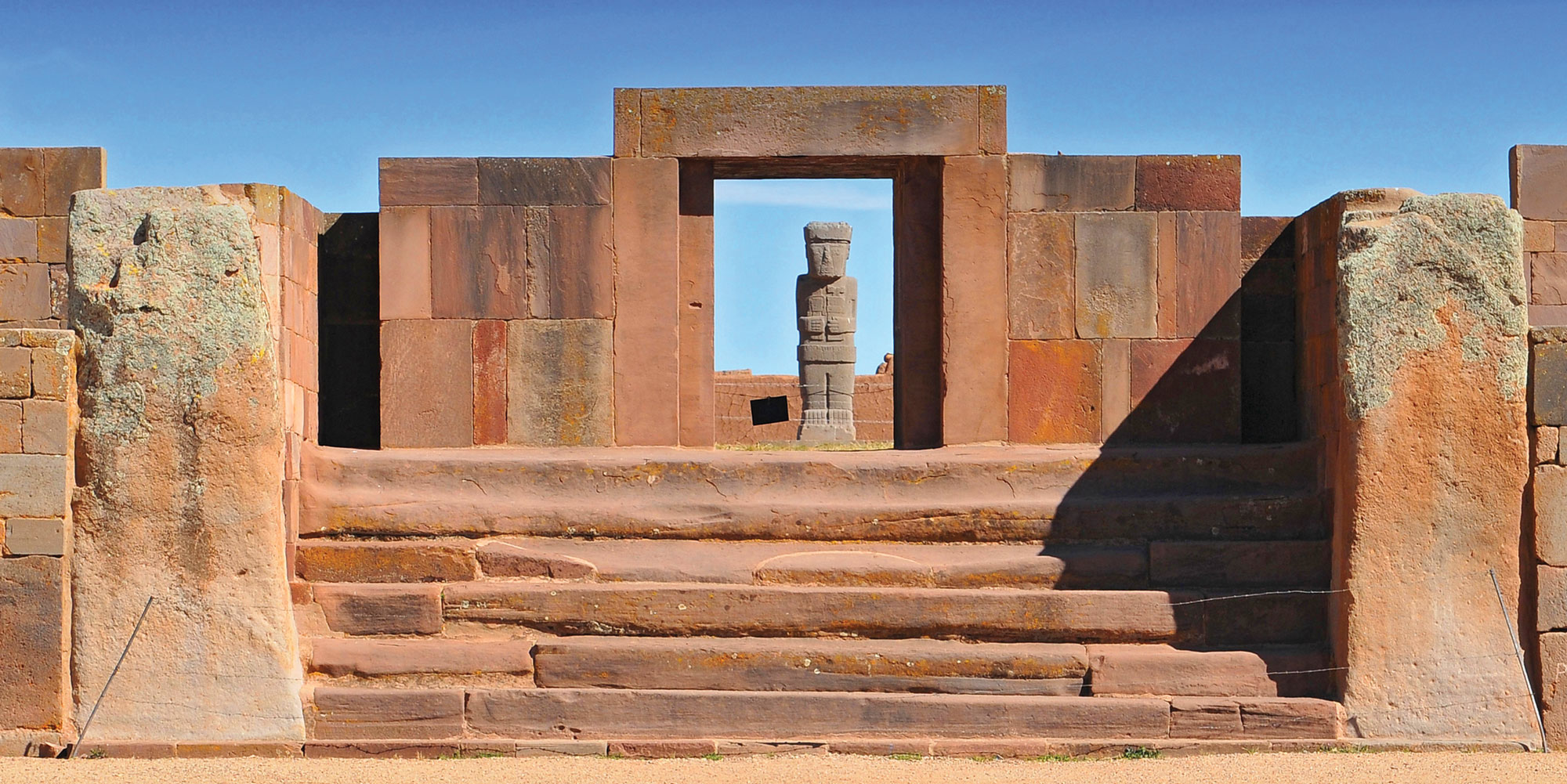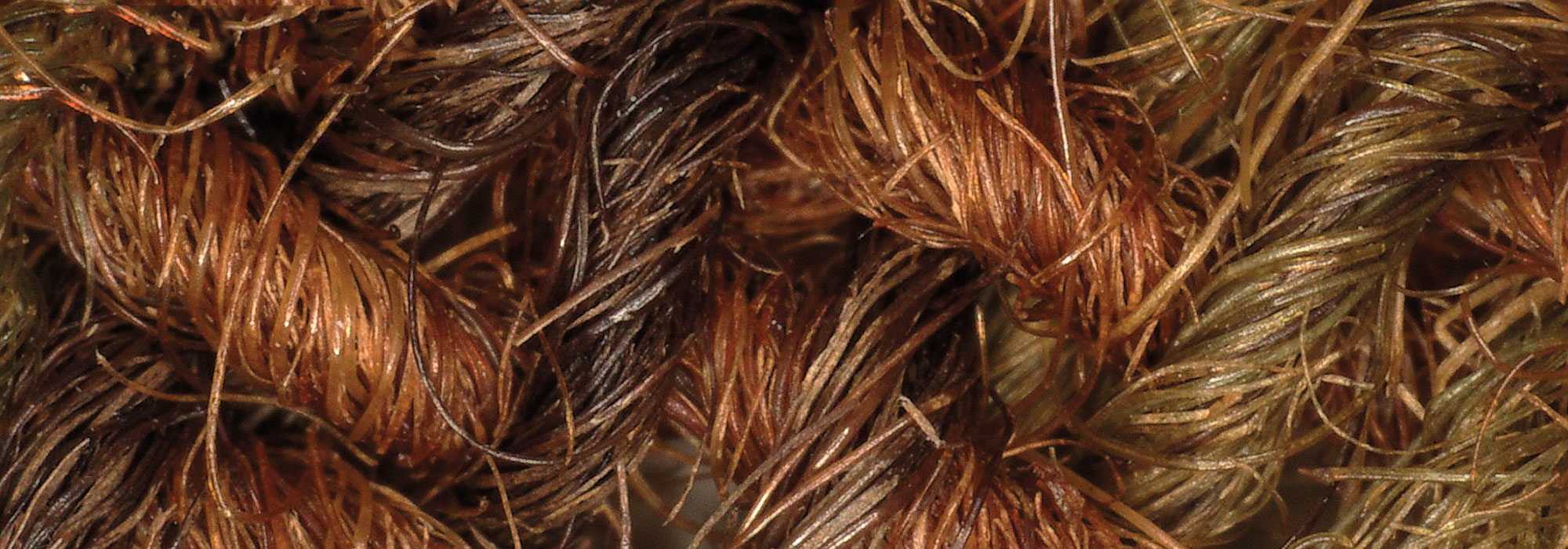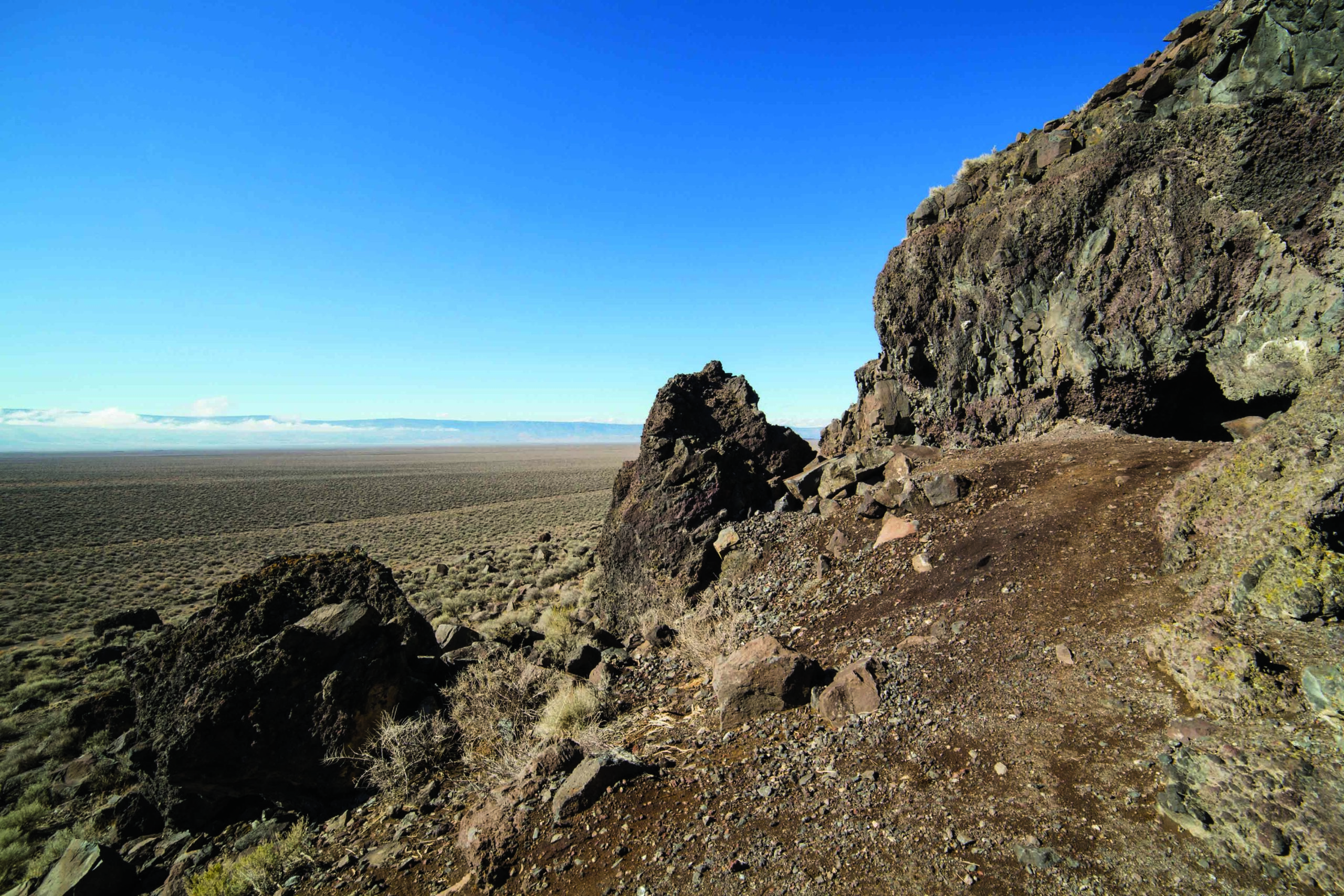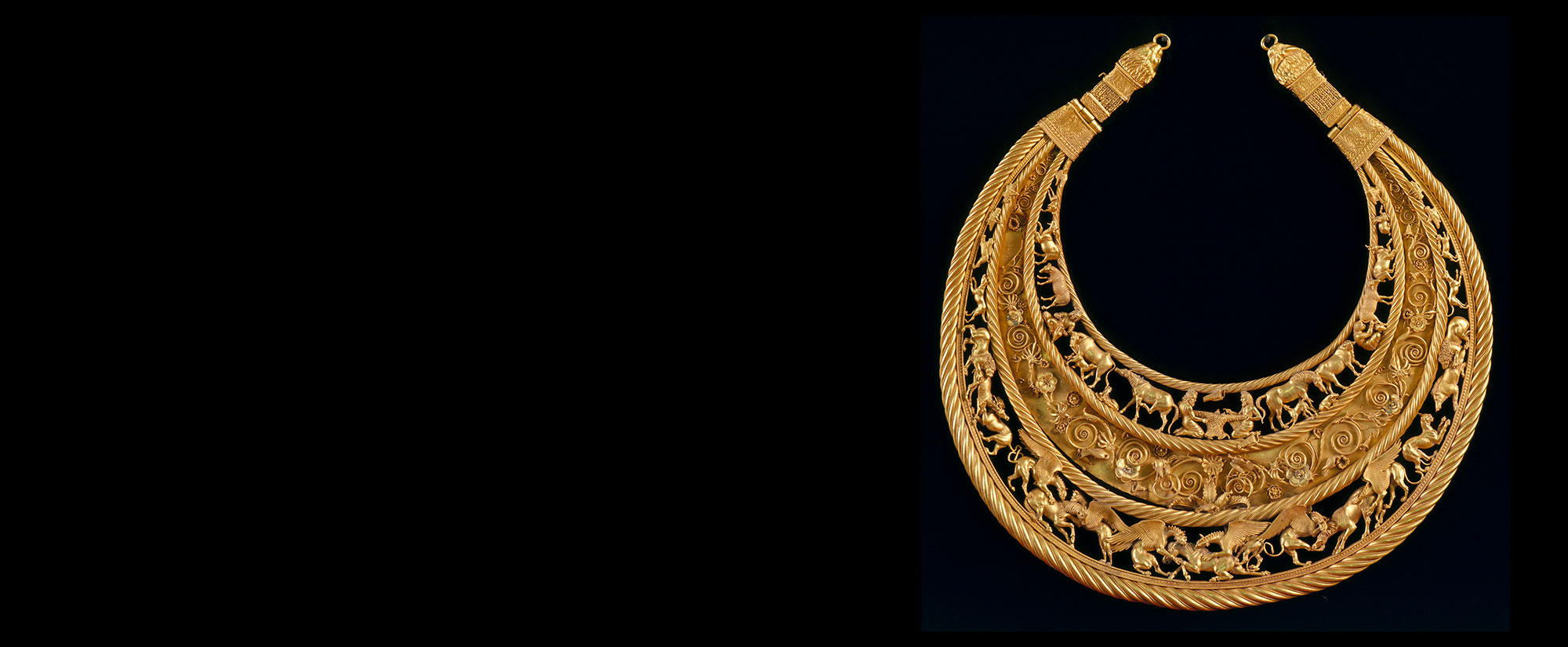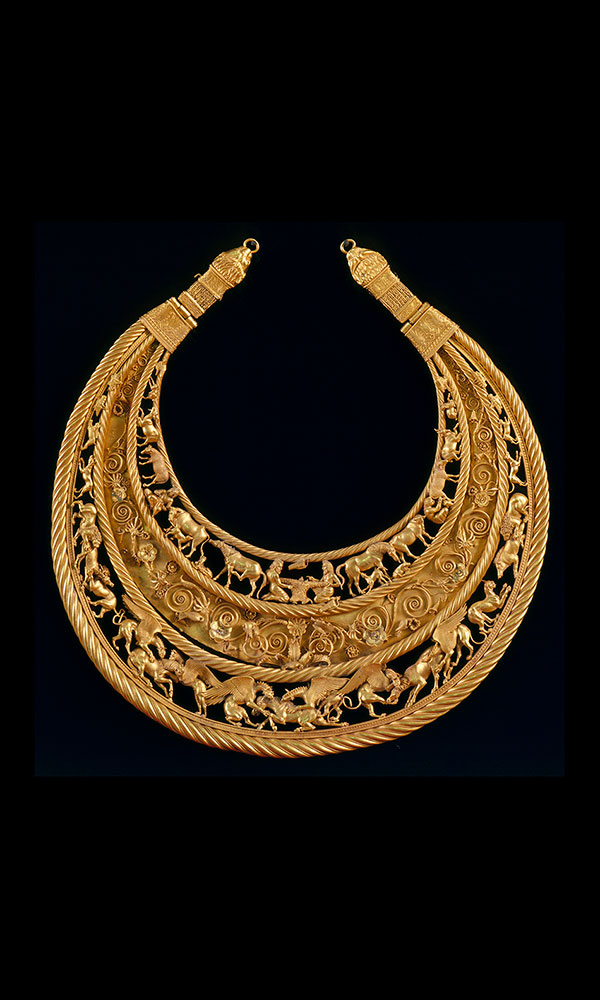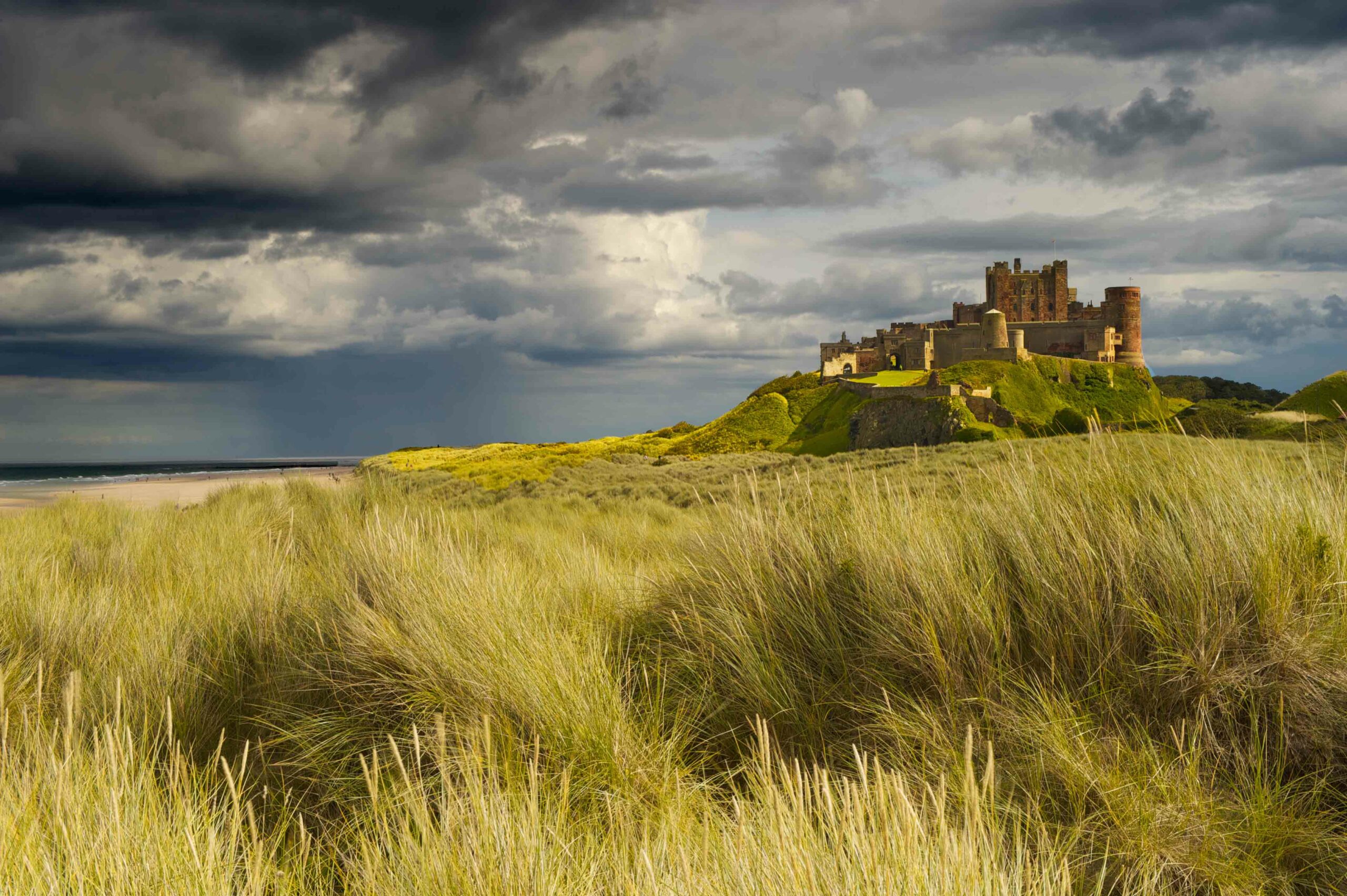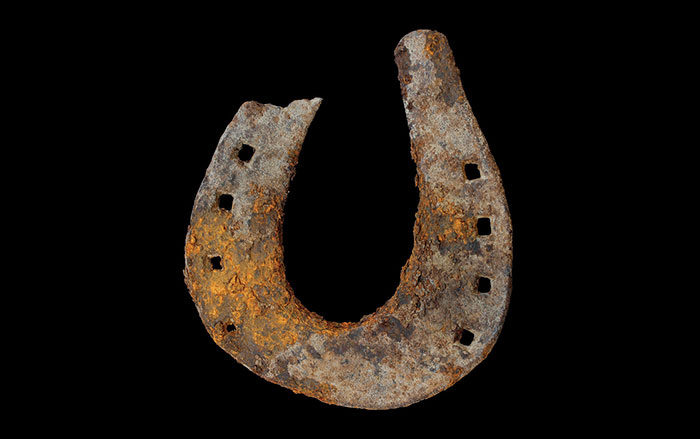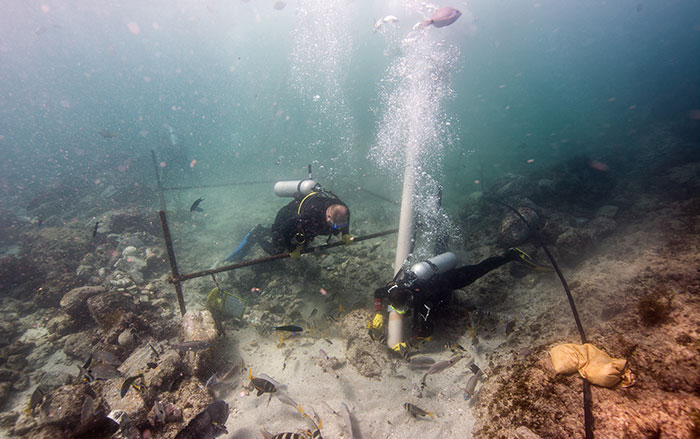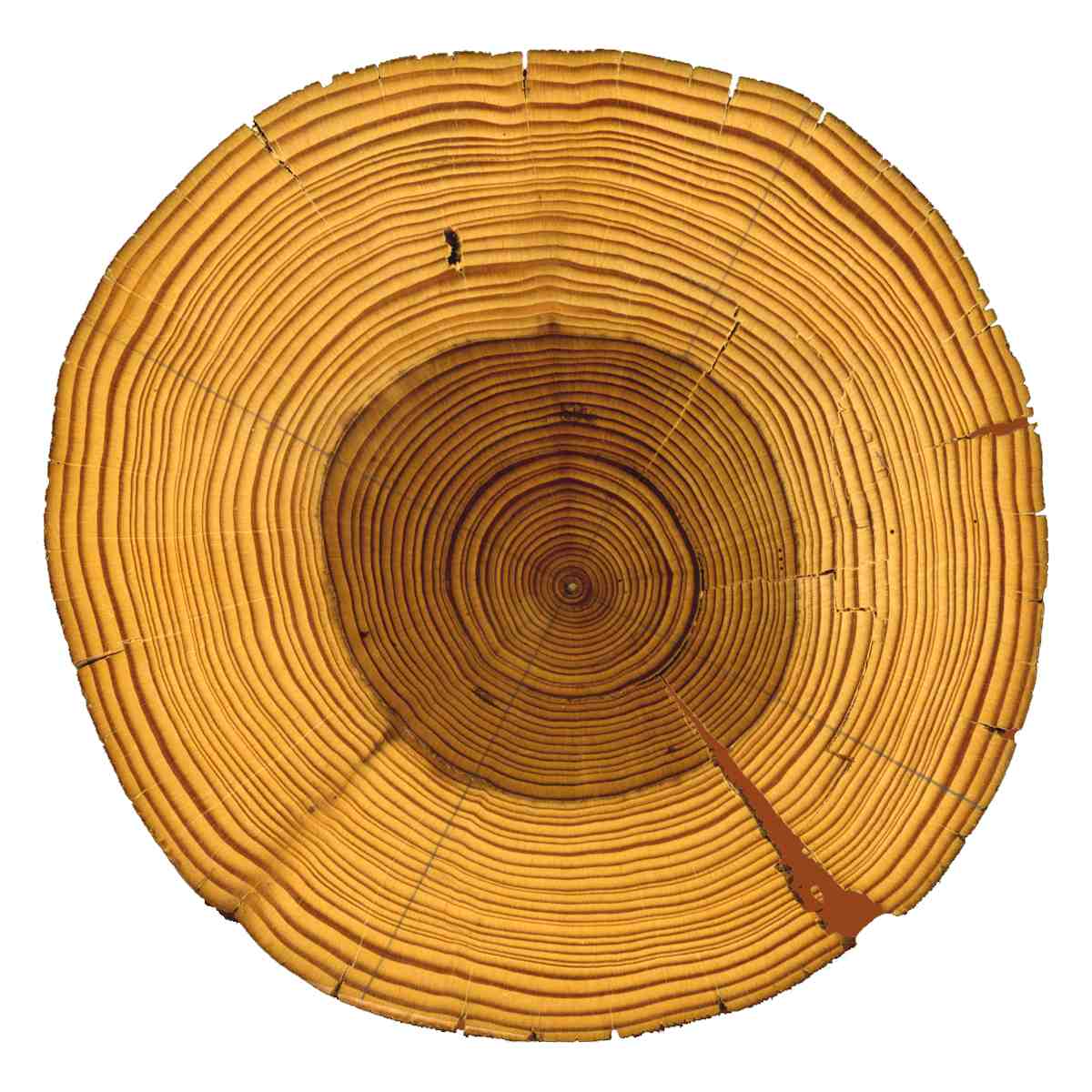
OXFORD, ENGLAND—Researchers are proposing a new approach to dendrochronology, the dating method that utilizes ancient tree rings, according to a report in The Guardian. Japanese scientist Fusya Miyake had previously used ancient tree rings to identify an unusual spike in radiocarbon activity at A.D. 775, which she concluded was caused by a violent solar storm. A subsequent "Miyake event" was also identified at A.D. 994. Now Oxford University scientists Michael Dee and Benjamin Pope hope to search the dendrochronological record for similar spikes. “There must be more of these events and we will try and find where we should look for them," says Dee. Identifying more Miyake events could help archaeologists refine so-called "floating chronologies," or records not tied to calendar years, such as those currently used to date events in Old Kingdom Egypt and the Bronze Age. To read about another novel approach to dating, go to “Nondestructive Radiocarbon Dating.”


